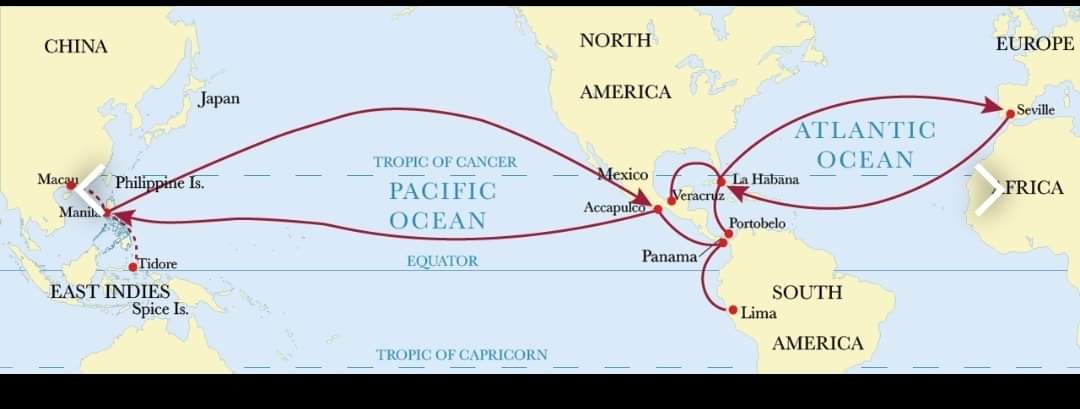
In the 1990s, a group of American beachcombers discovered porcelain fragments on a beach in Ensenada, Baja California, Mexico. In collaboration with Mexico’s National Institute of Anthropology and History (INAH), Edward Von der Porten and his colleagues launched the first of many archaeological expeditions in 1999 to investigate the site. Over two decades, a team of American and Mexican archaeologists recovered thousands of artifacts, ultimately concluding that the remains likely belonged to the cargo of a Spanish galleon—most probably the San Juanillo, lost without a trace in 1578 after departing Manila for Acapulco, Mexico.
The Manila Galleons were Spanish trading ships that sailed between Manila (Philippines) and Acapulco (Mexico) from 1565 to 1815. They formed a crucial part of the galleon trade, linking Asia and the Americas.
These ships carried luxury goods like Chinese silk, porcelain, spices, and other Asian products to Mexico, which were then transported to Spain. In return, silver from the Americas was sent to Manila, fueling trade across the Pacific. The journey was long and dangerous, often lasting up to six months.
The trade ended in 1815 due to the Mexican War of Independence, marking the decline of Spain’s dominance in the Pacific. Today, the Manila Galleons are remembered as a key part of early globalization.
 |
| Manila galleon maritime route |
Approximately 1,600 pieces of porcelain were recovered from the wreck site. Except for two intact bowls, all were fragments, consisting primarily of Jingdezhen blue and white porcelain, along with some overglaze-enameled wares and Zhangzhou blue and white wares.
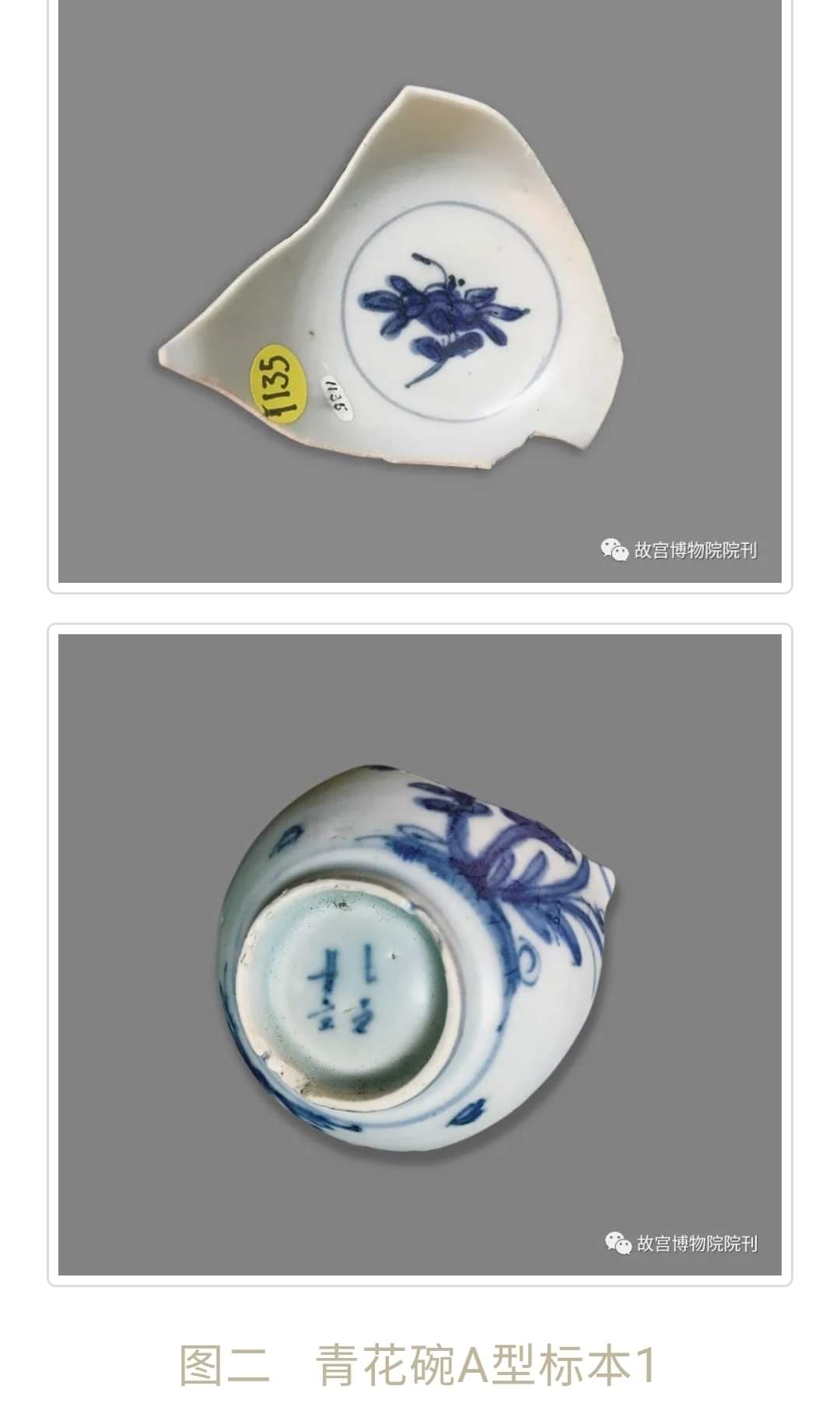 |
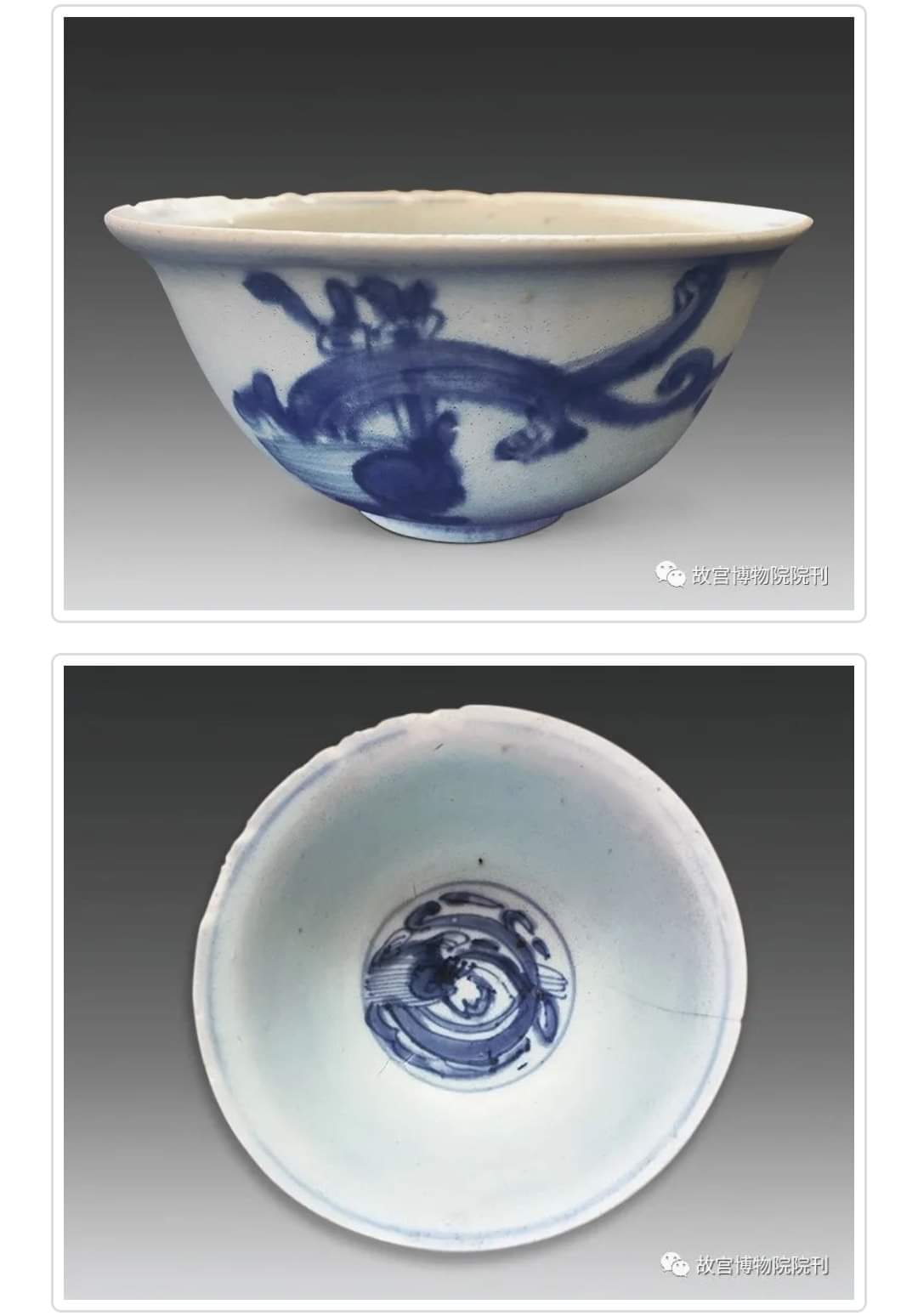 |
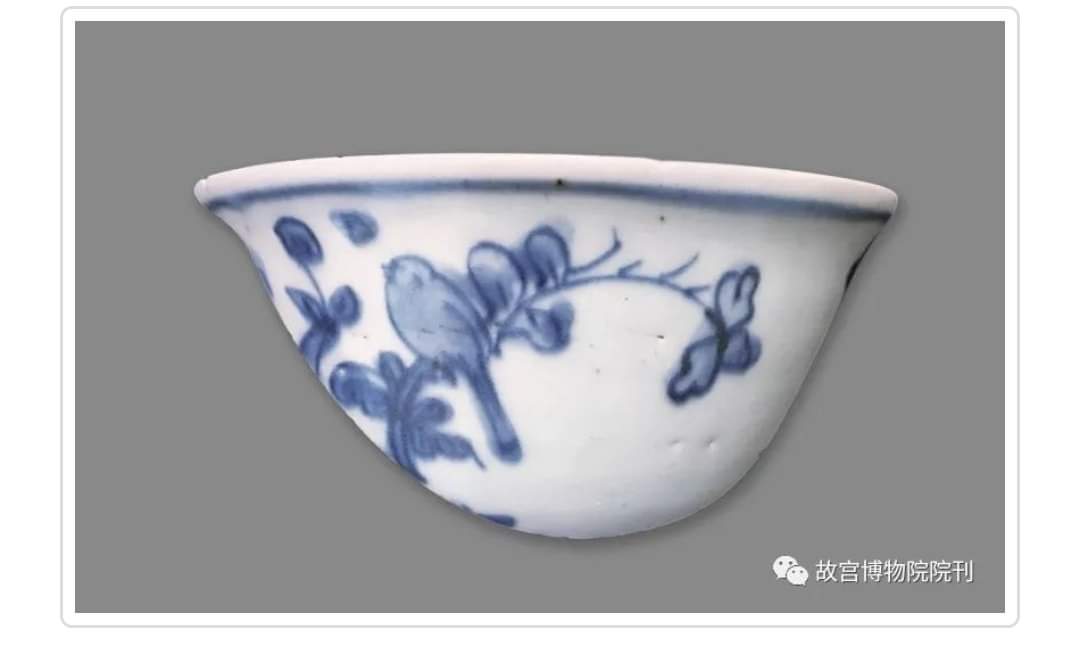 |
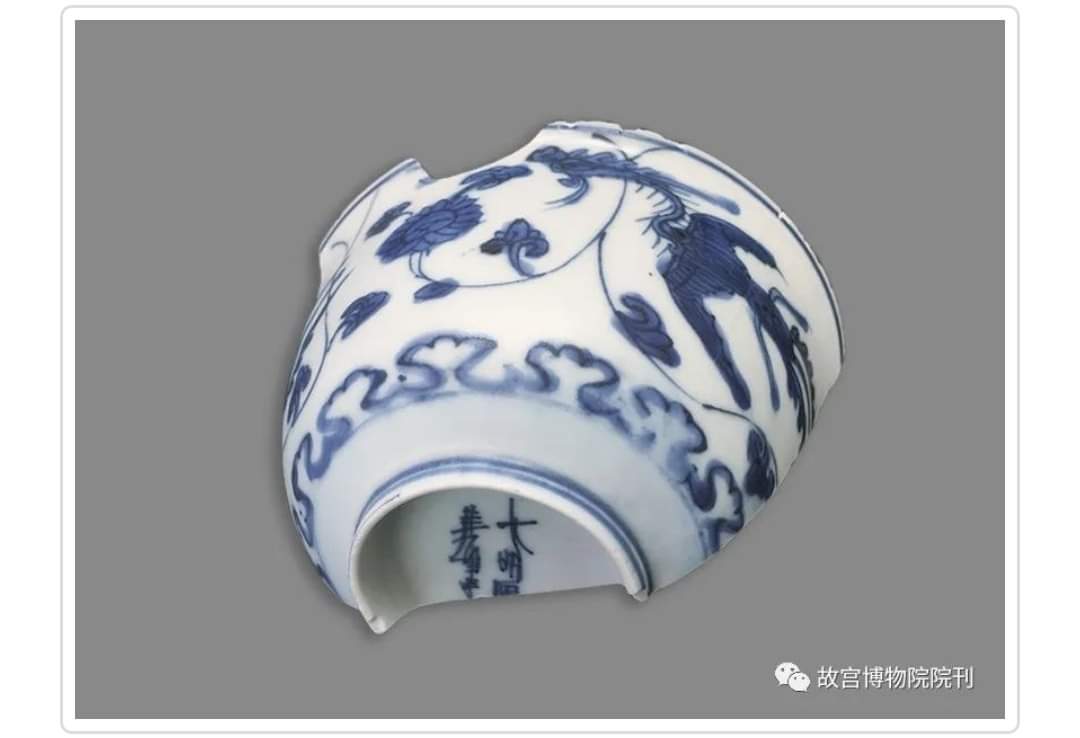 |
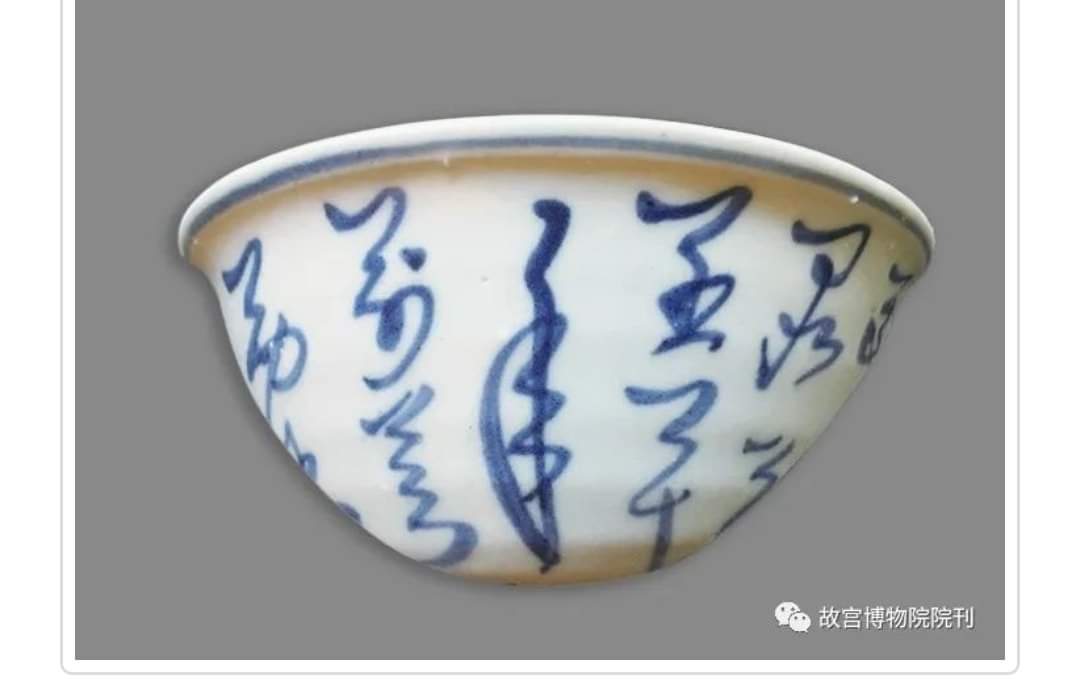 |
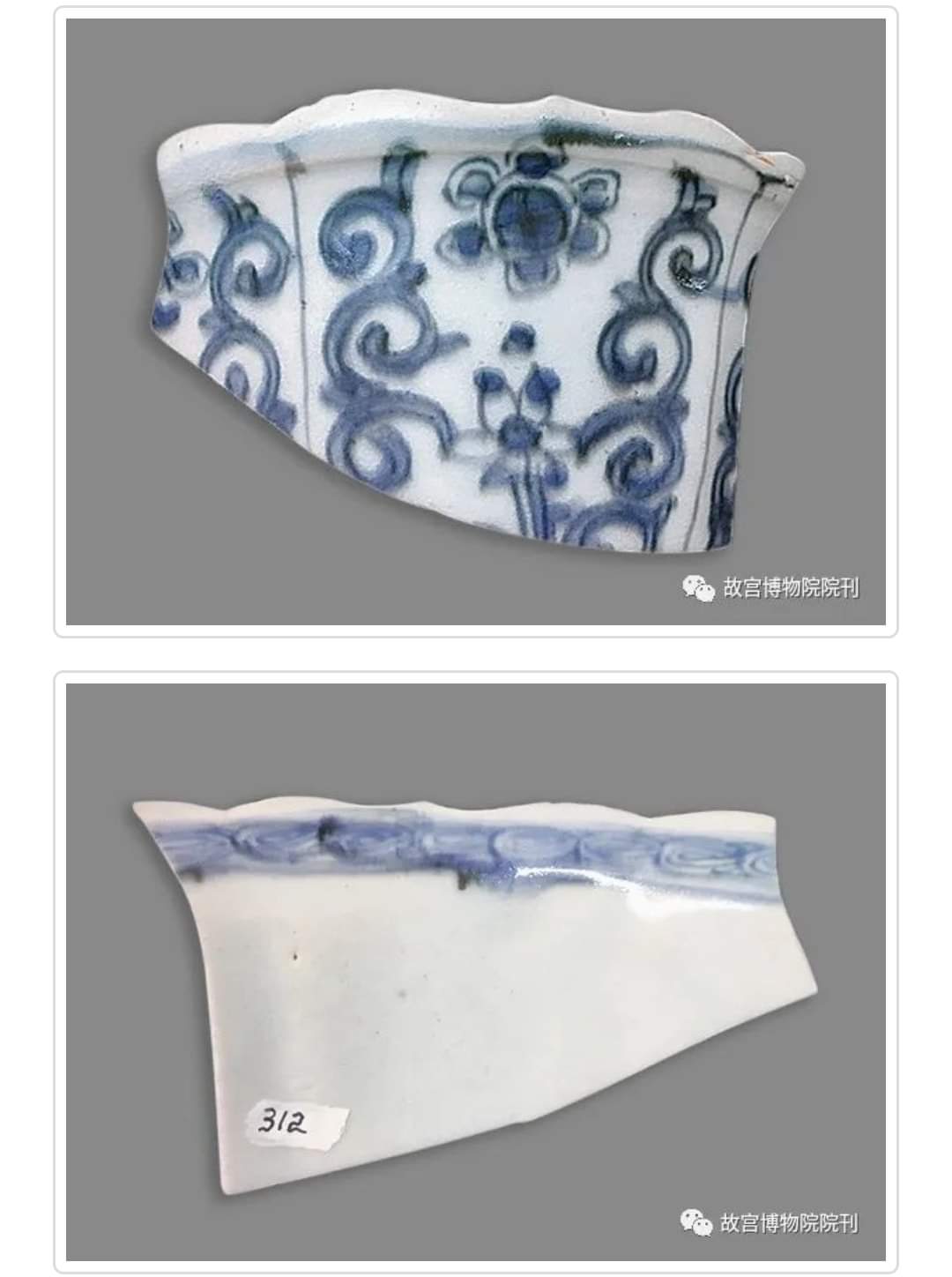 |
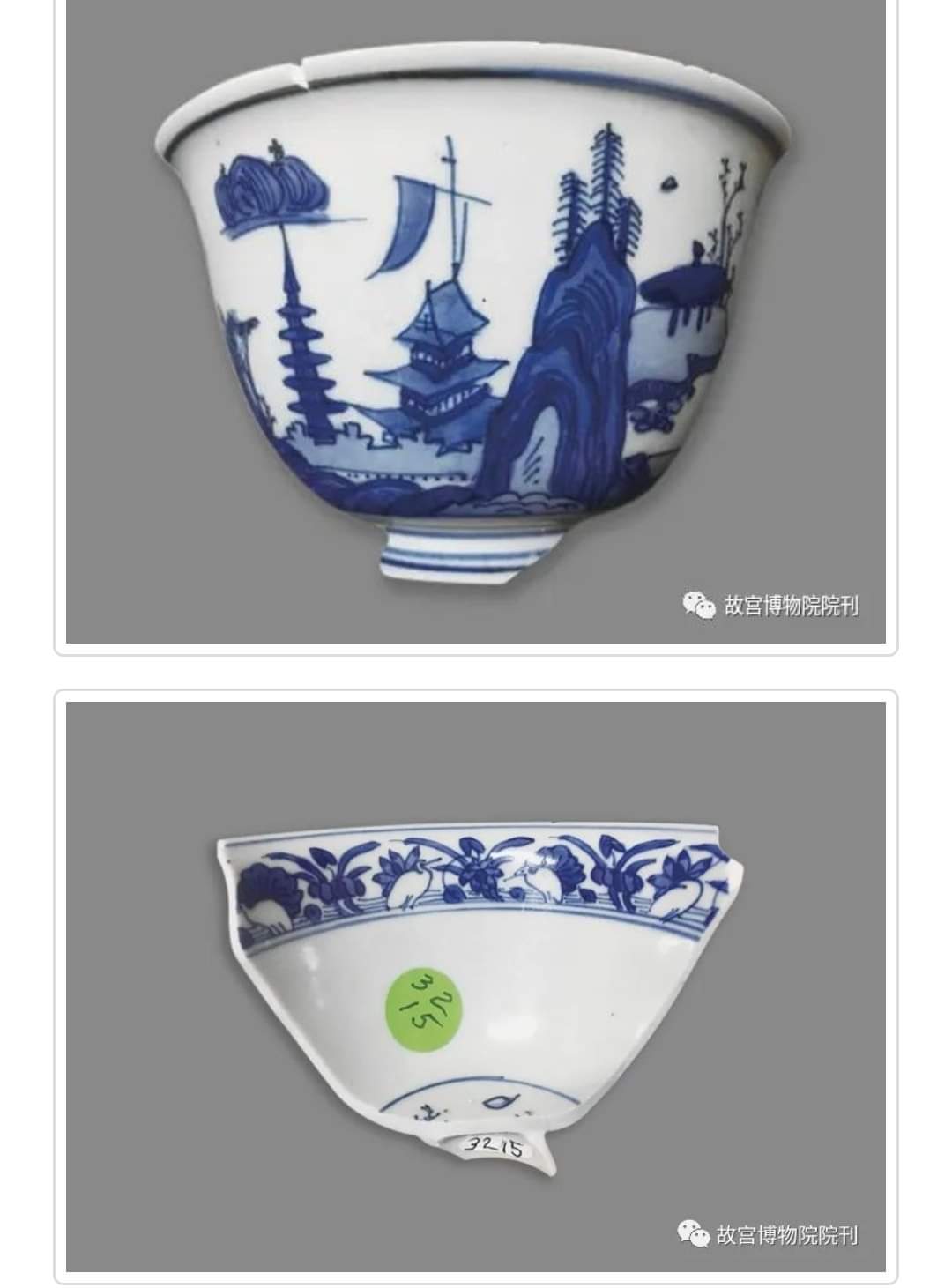 |
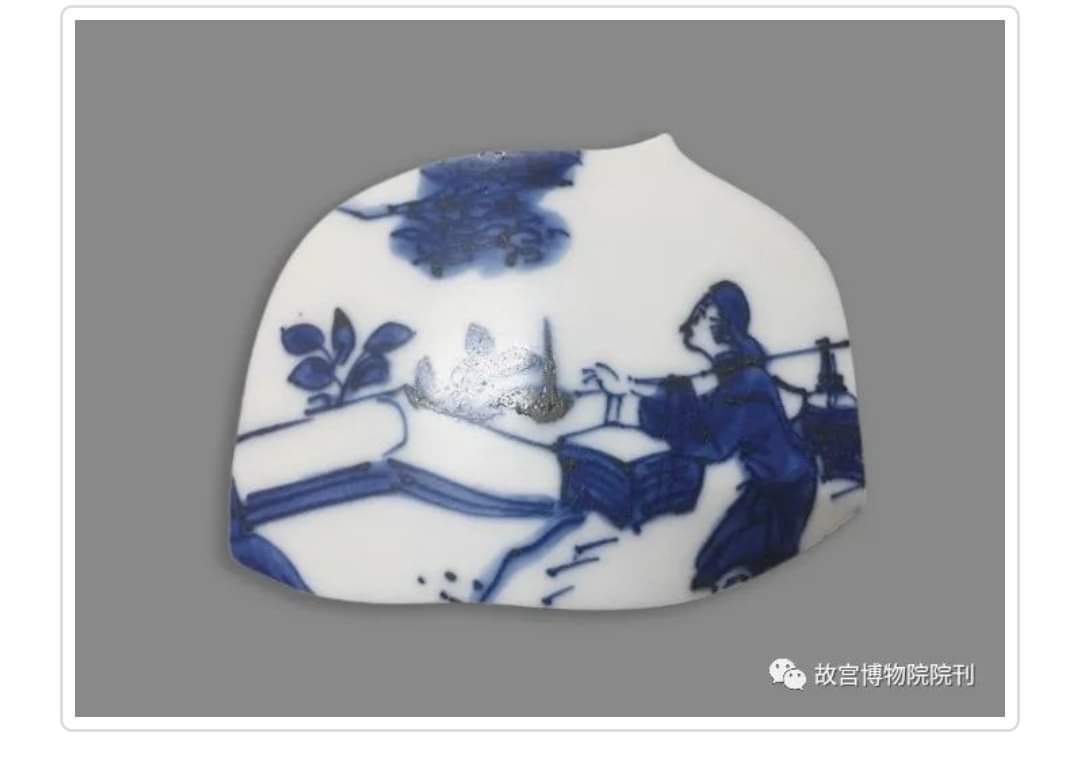 |
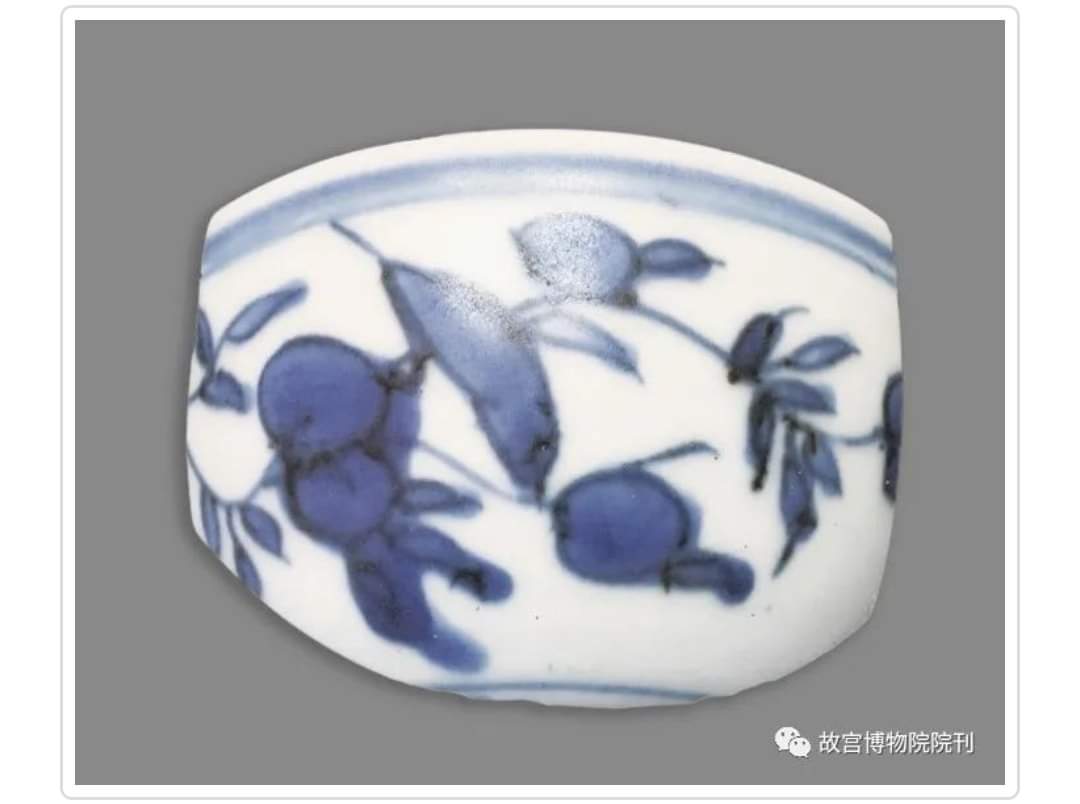 |
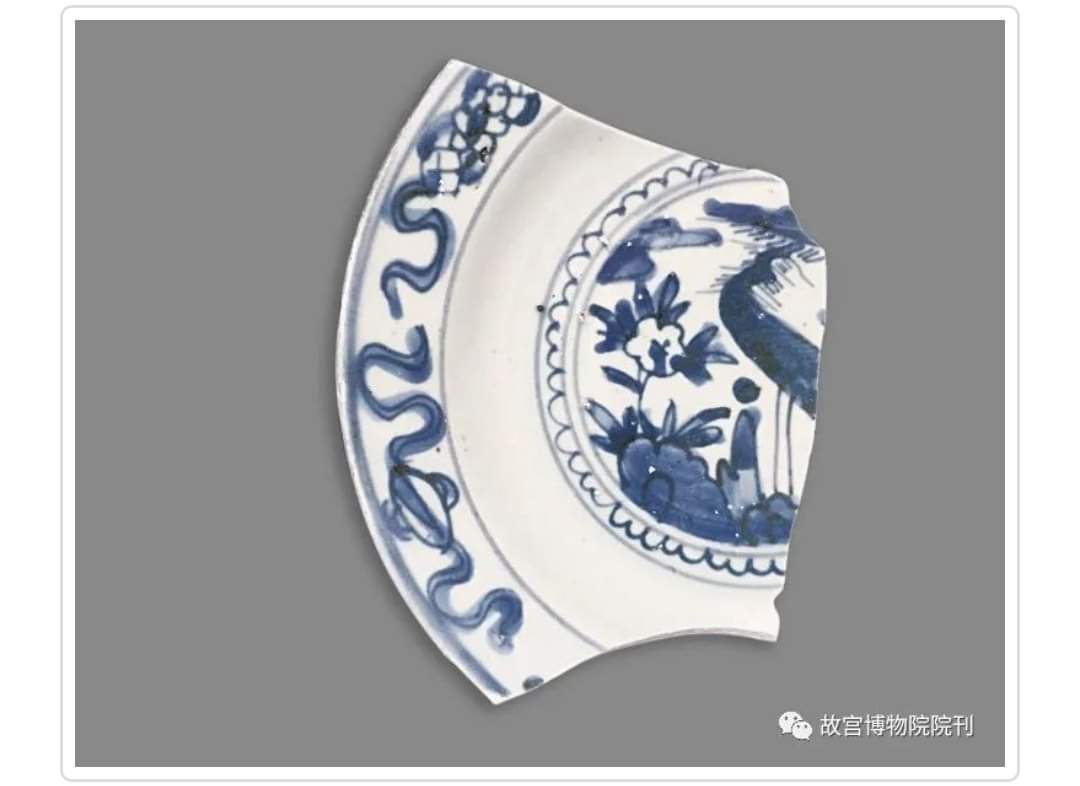 |
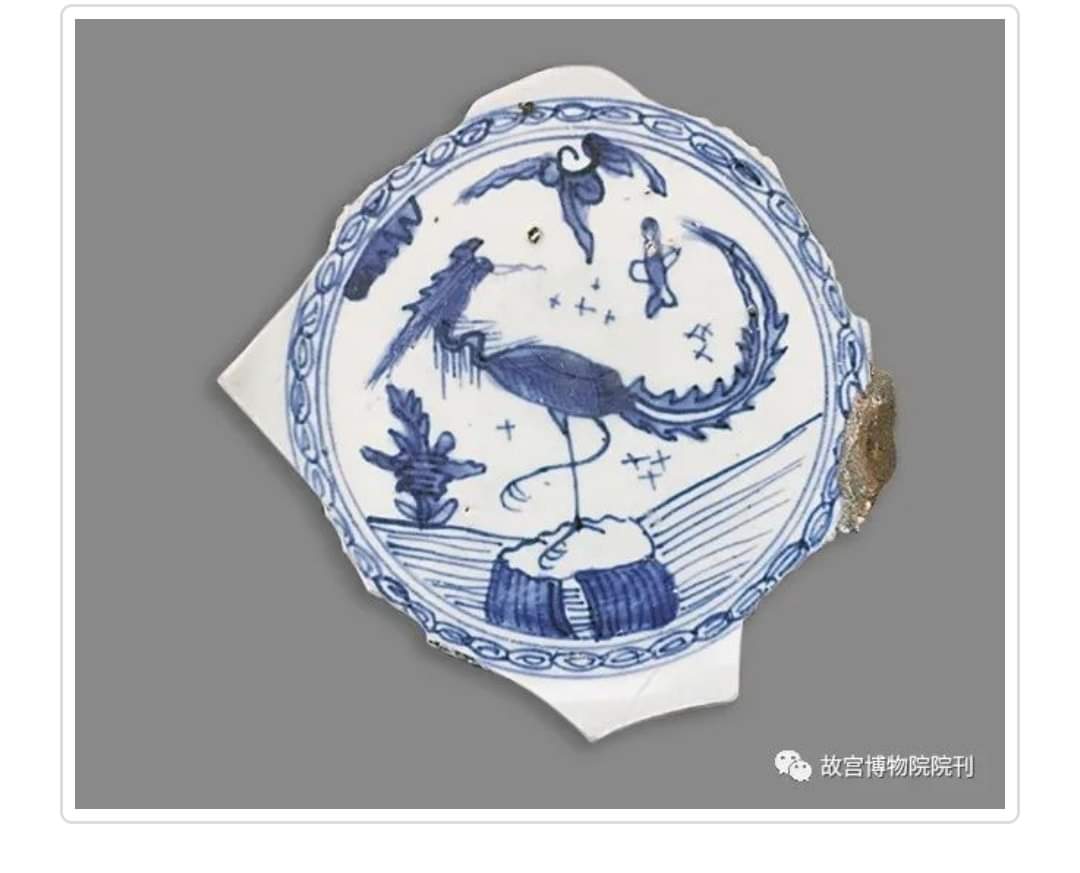 |
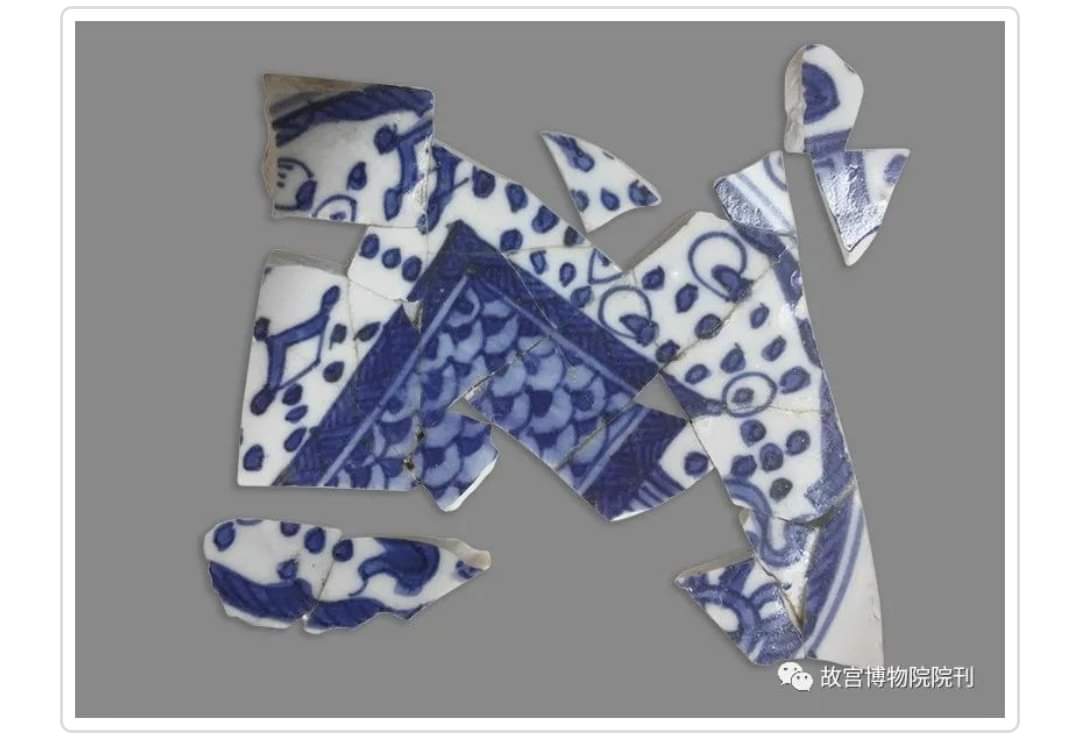 |
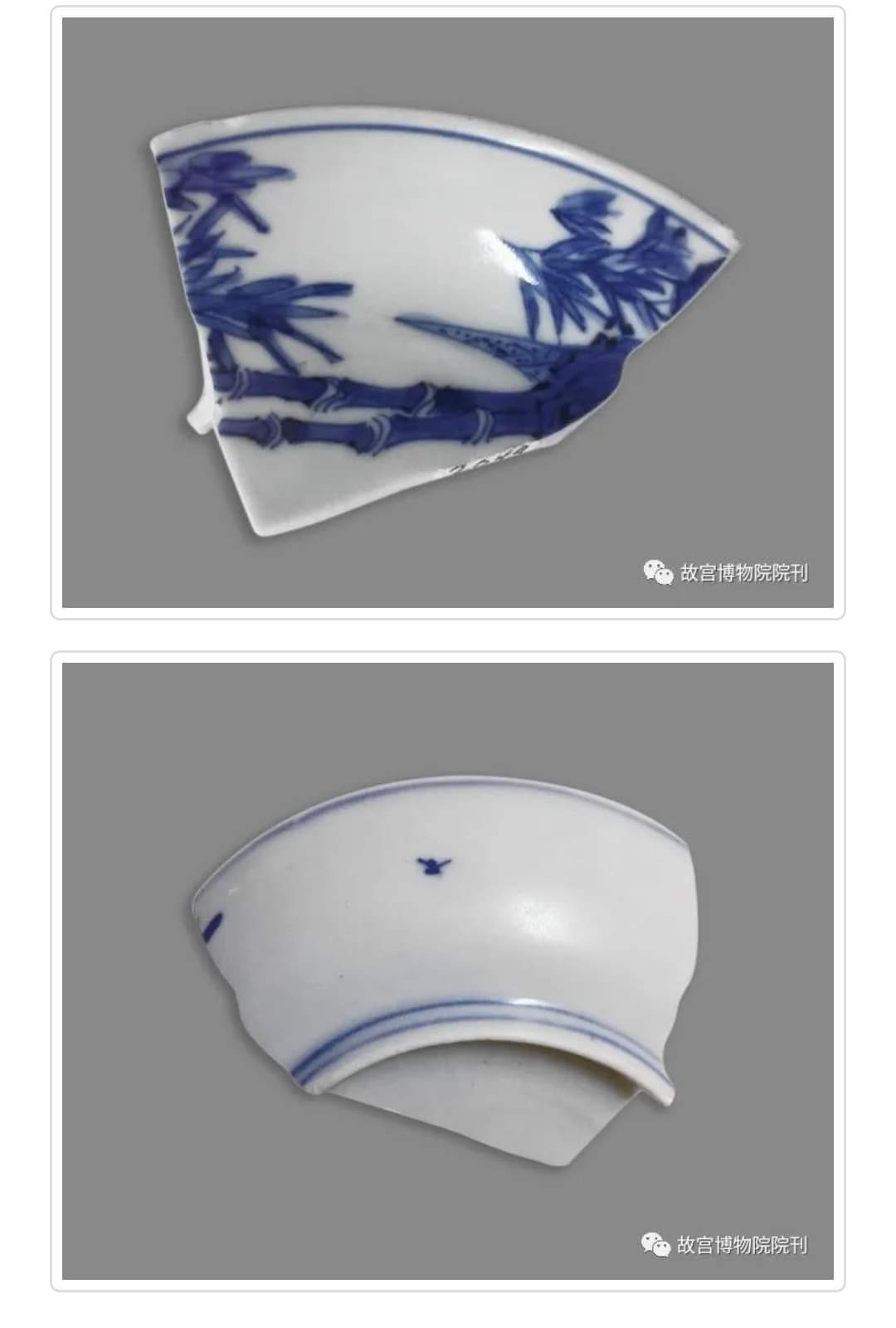 |
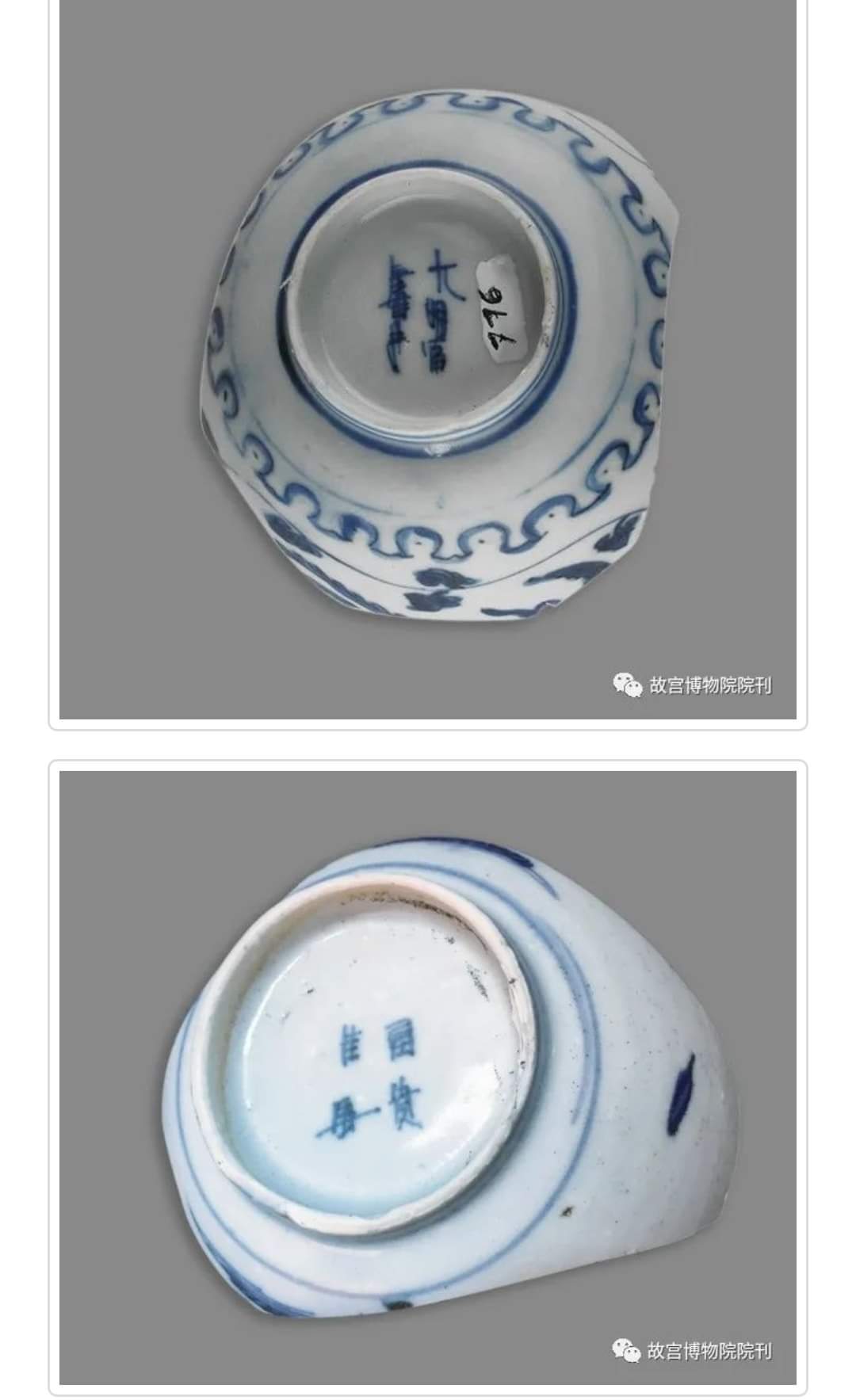 |
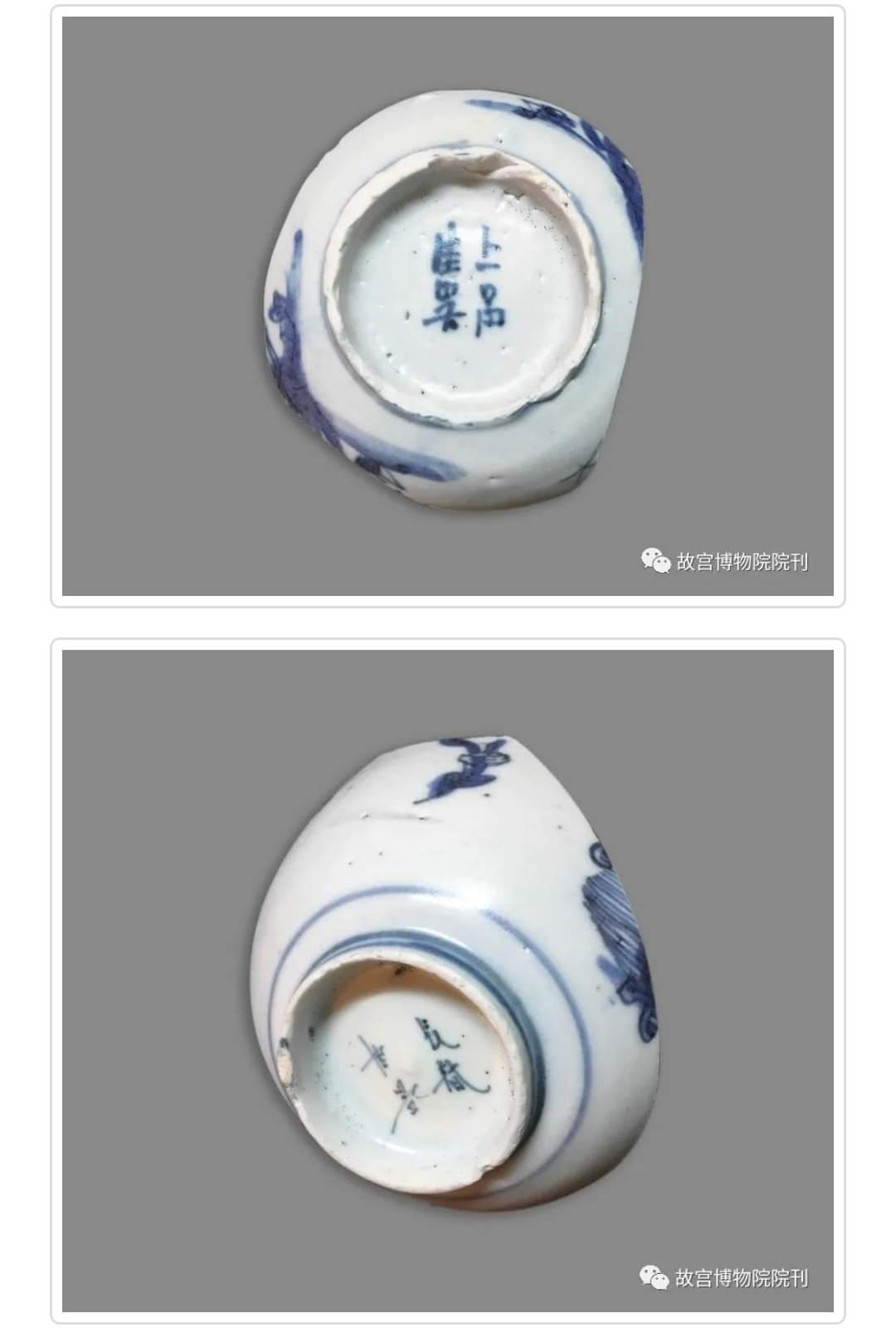 |
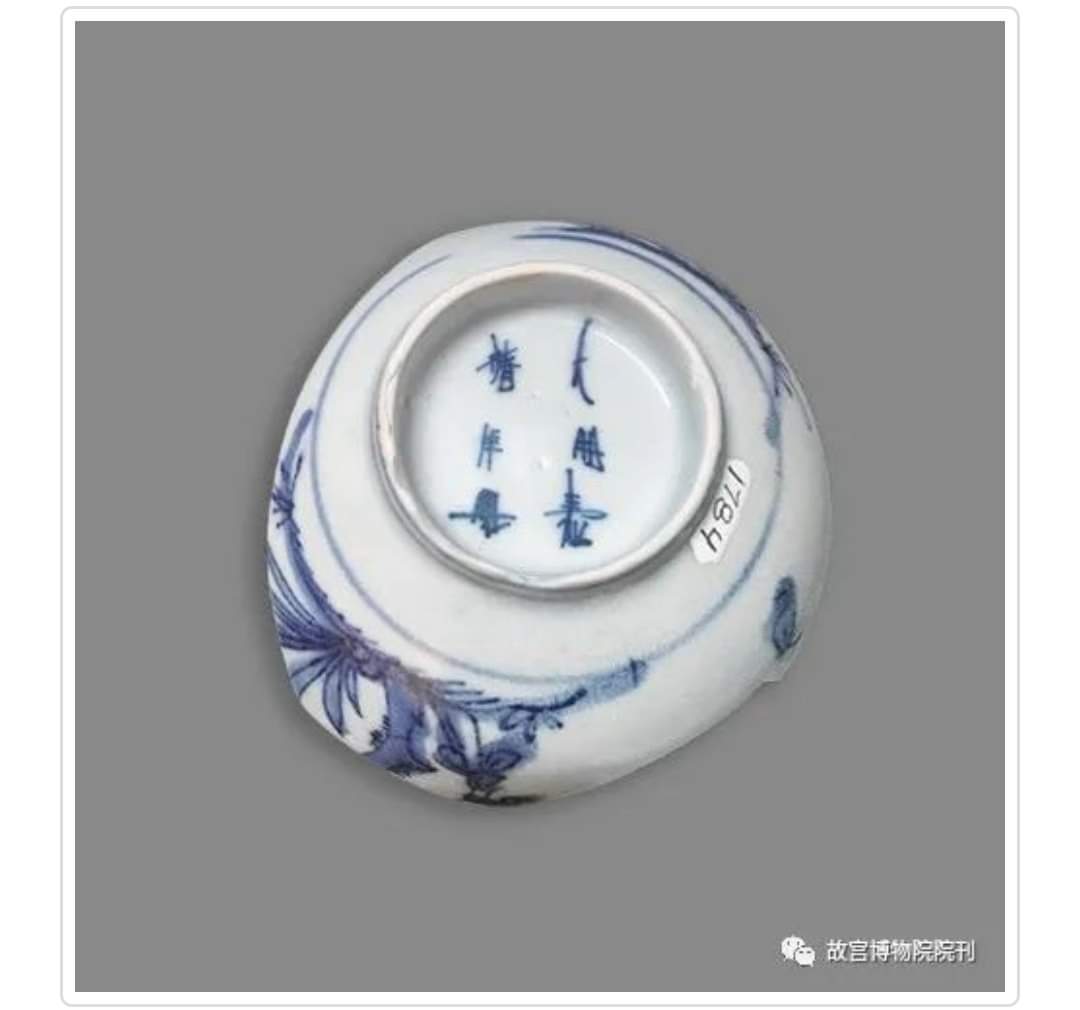 |
| Blue and white fragments from the San Juanillo wreck |
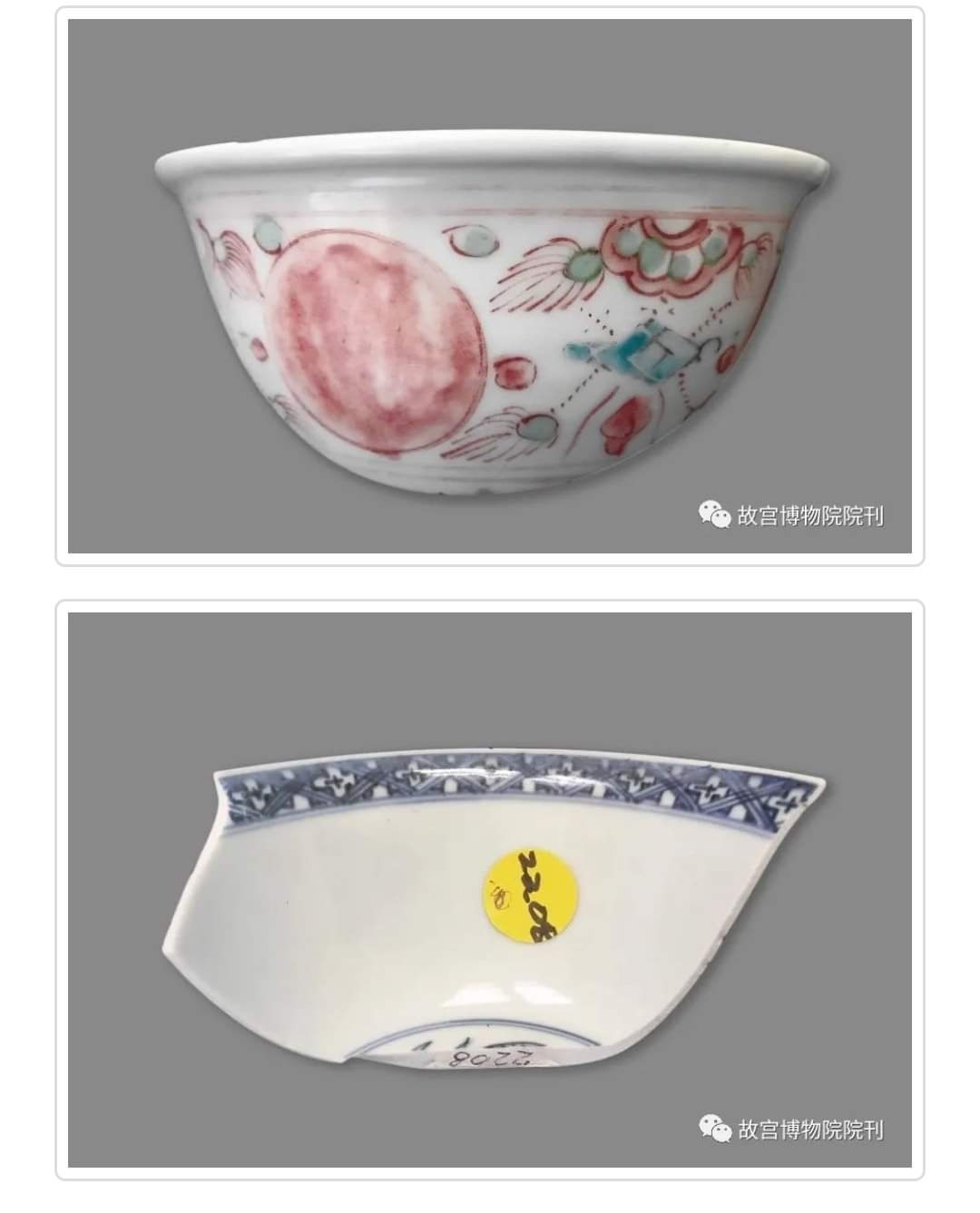 |
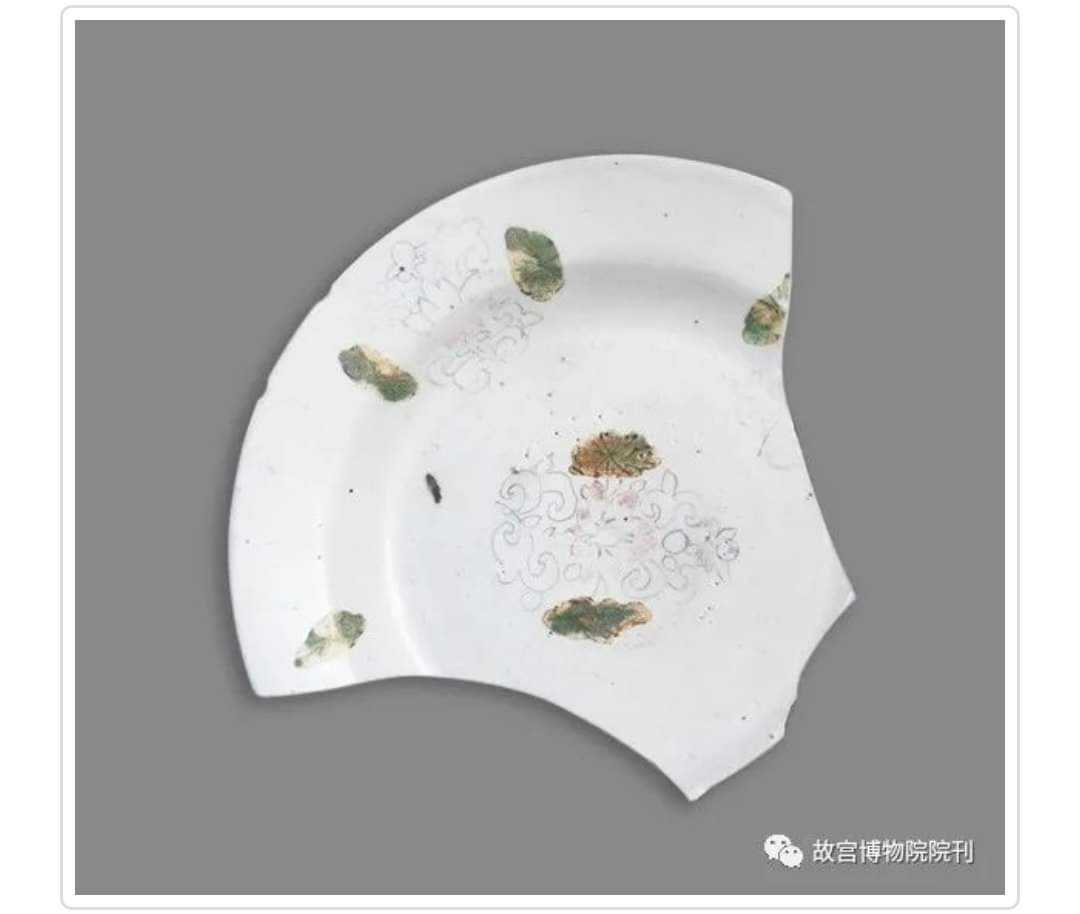 |
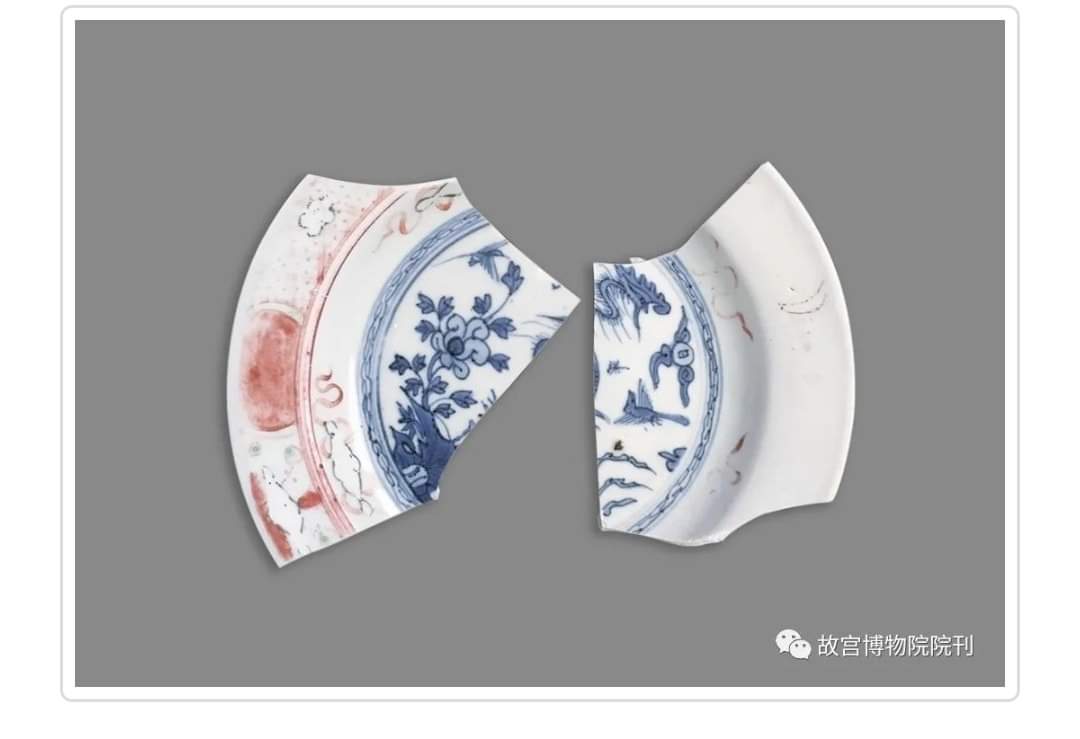 |
| Fragments with overglaze enamelled decoration |
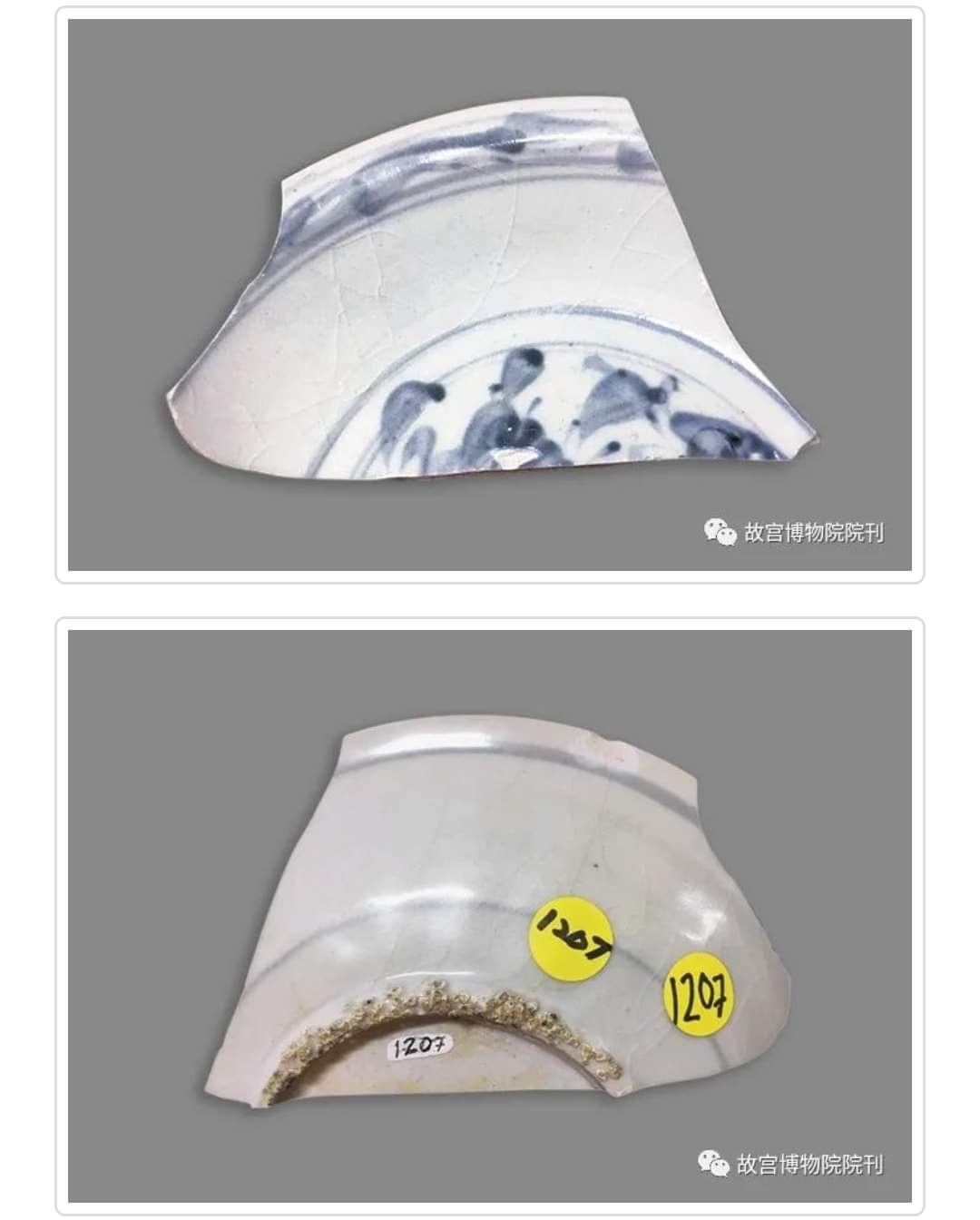 |
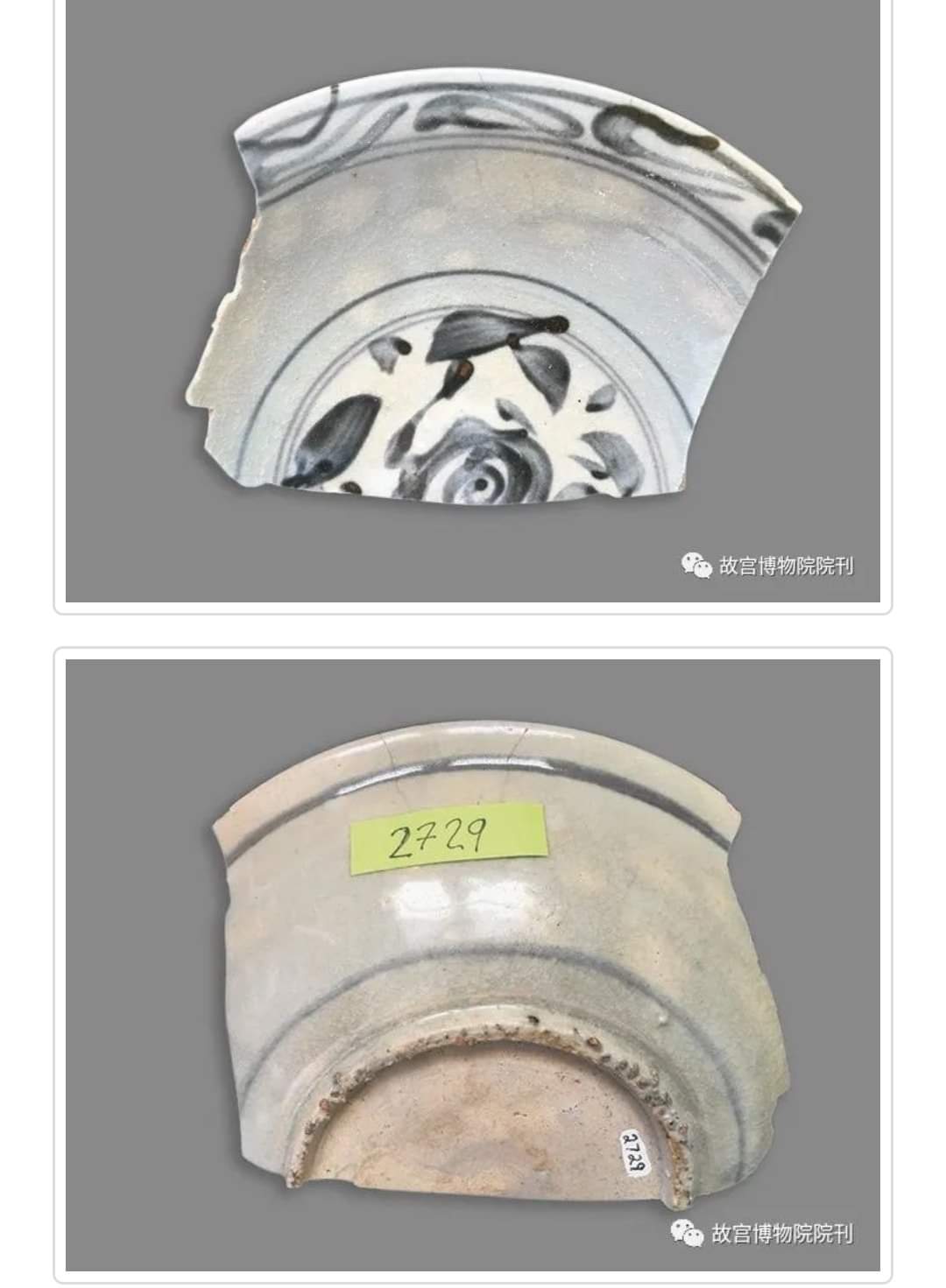 |
| Fujian Zhangzhou blue and white fragments |
With assistance from Edward Von der Porten, Weng Yanjun (翁彦俊) of the Jingdezhen Ceramic Archaeological Research Bureau examined the artifacts at the Museo Histórico Regional de Ensenada. While he did not rule out the likelihood of the pieces being from the San Juanillo, he suggested that other possibilities should be considered. He noted the close similarities between these artifacts and those from the Nanao 1 shipwreck.
Interestingly, some bowls carried apocryphal Xuande and Zhengde reign marks, while quite a few bore Jiajing marks. However, no pieces with Longqing or Wanli marks were found. In contrast, folk kiln blue and white wares with Longqing and Wanli marks are commonly discovered in China and in graves in northern Vietnam.
During my travels, I have observed that Vietnam has a particularly rich collection of late Ming blue and white porcelain, especially from the late Jiajing to early Wanli period. In 2019, while visiting Vietnam, I saw a significant number of blue and white bowls in antique shops in Ho Chi Minh City. The dealers claimed these pieces came from an unknown wreck off the coast of Quang Ngai, Central Vietnam, and their characteristics closely resemble those from Baja California and Nanao 1.
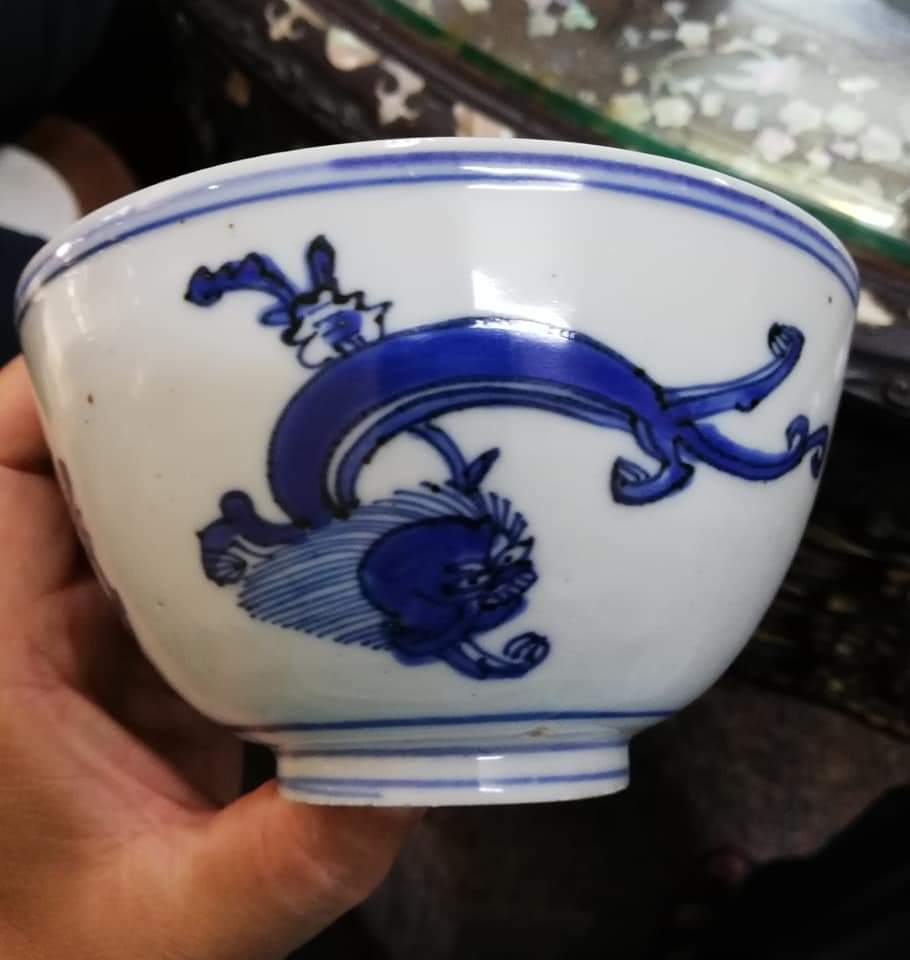 |
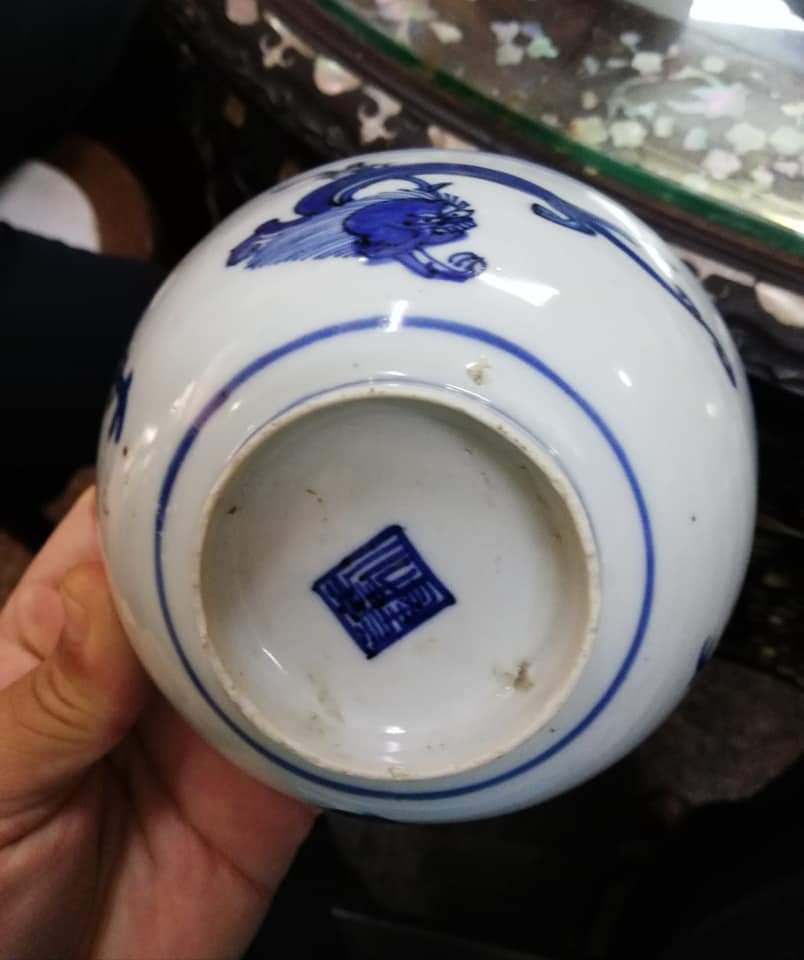 |
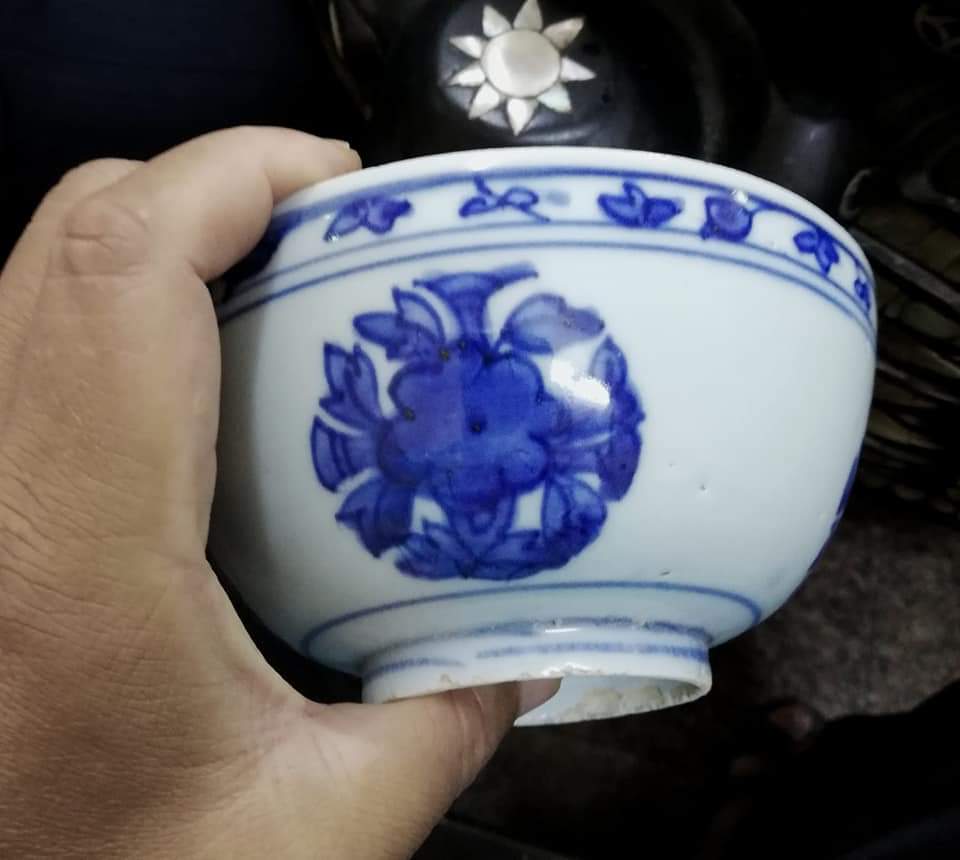 |
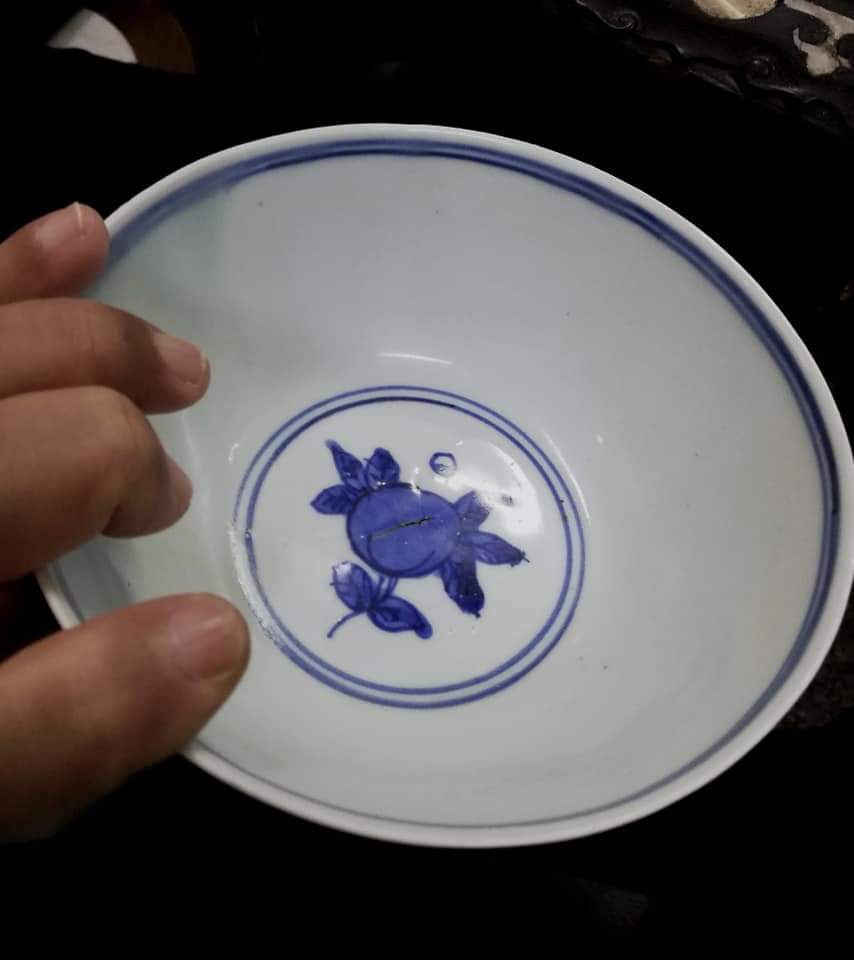 |
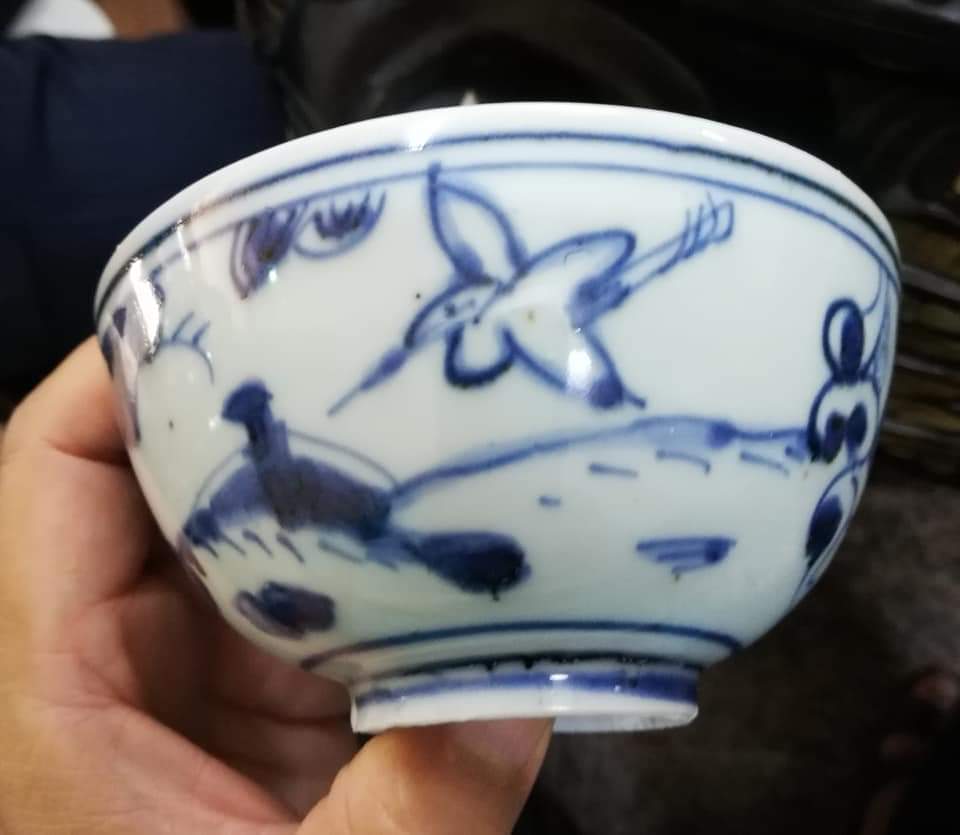 |
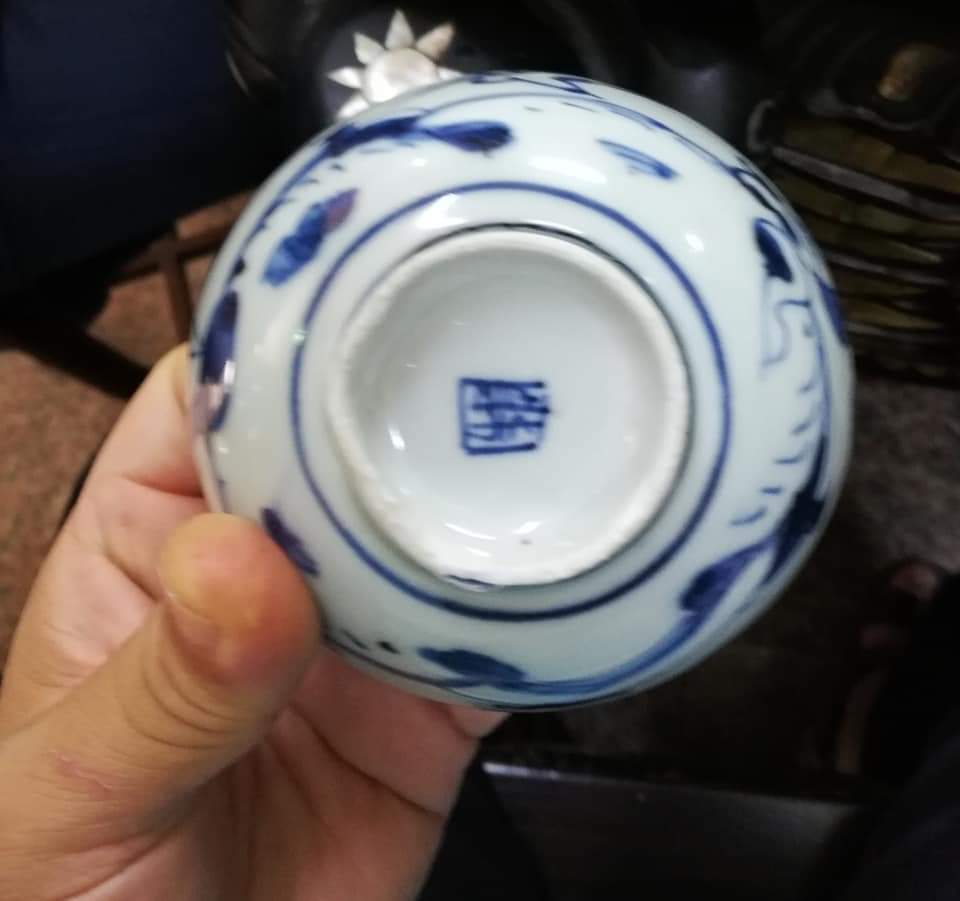 |
| Examples from the Quang Ngai, Central Vietnam Wreck | |
The dating of the Nanao 1 wreck is a topic of debate in Chinese academic circles, with estimates ranging from late Jiajing, Longqing, early Wanli, to as late as late Wanli.
In 2019, Shanghai Museum conducted TL (thermoluminescence) testing on two Jingdezhen samples from the Nanao 1 wreck. The results provided a date range of 490±40 and 498±50 years, corresponding to a terminus ante quem of 1569–1571 AD—equivalent to the 3rd to 5th year of the Longqing reign (1567–1572 AD).
Read morre on the Nanao 1 wreck
Accurate dating of Jingdezhen blue and white porcelain from late Jiajing to early Wanli is challenging due to overlapping stylistic features. This is unsurprising given the short time span of about 20 years.
In 1567 AD, the first year of the Longqing reign (1567–1573 AD), China formally lifted its foreign trade ban and opened Yuegang Port in Zhangzhou as a designated trade hub. This policy shift led to a marked increase in export porcelain production. The Zhangzhou kilns, benefiting from their proximity to Yuegang, seized the opportunity to expand production and emerged as major competitors to Jingdezhen for the lower-end consumer markets.
Artifacts from sites such as San Isidro (Philippines), Baja California (San Juanillo wreck), Java (Belanakan wreck), and Nanao 1 represent some of the earliest examples of Zhangzhou wares.
Conduding remarks
In conclusion, the discovery of Ming blue and white porcelain fragments in Baja California, Mexico, has provided valuable insights into the maritime trade routes of the 16th century. The artifacts, likely linked to the lost Spanish galleon San Juanillo, demonstrate the extensive reach of the Manila galleon trade between Asia and the Americas. However, alternative possibilities, such as connections to the Nanao 1 wreck and other shipwrecks in Vietnam and Java, highlight the complexity of dating and identifying such cargo. The study of these ceramics continues to refine our understanding of Ming-era trade, particularly the role of Jingdezhen and Zhangzhou kilns in supplying the global market. As new discoveries emerge and scientific methods improve, further clarity on these historical shipwrecks and their cargo may yet be achieved.
Written by: NK Koh (April 25, 2023) , updated: 4 Mar 2025